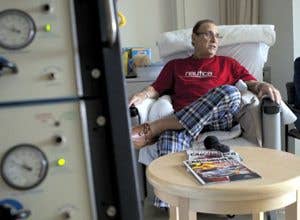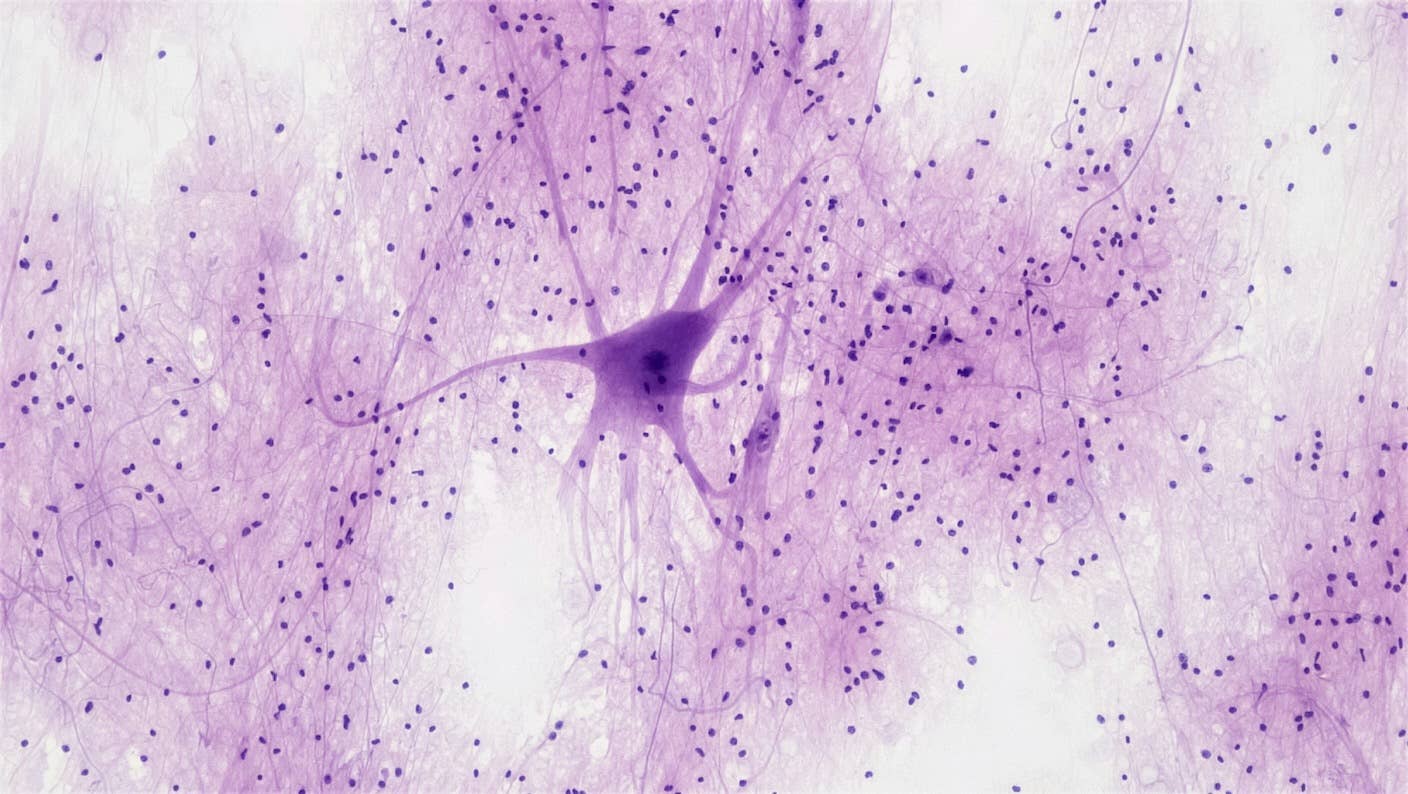Extending People’s Lives – One Artificial Heart At A Time

Share
A retired high-school teacher has become the first person in New England to receive an artificial heart. James Carelli, 66-years-old, was suffering from a rare condition that leads to total heart failure if left untreated. As with many others who have received an artificial heart, the substitute buys Carelli the vital extra time he needs while waiting for the real thing.
Cardiac senile amyloidosis is a condition in which the protein amyloid – found normally in the bloodstream – is deposited onto heart tissue. Unchecked, the deposits eventually cause the heart to become stiff, which leads to fluid buildup in the lungs and difficulty breathing, and fluid buildup in soft tissues as well that can cause swelling of the abdomen and legs. Carelli, a retired high school teacher and track and field coach from Holbrook, Massachusetts, was diagnosed with cardiac senile amyloidosis in 2011. Doctors decided that he needed a new heart, but in New England where donor hearts are in short supply the average wait time is nine months. Carelli didn’t have nine months.
That was when doctors and Brigham and Women’s Hospital in Boston decided their only alternative was to give Carelli an artificial heart. And in February of this year, during a ten hour procedure, they removed his failing heart and replaced it with an artificial one.
The heart was made by SynCardia Systems, Inc. In 2004 SynCardia’s total artificial heart (formerly known as CardioWest) became the world’s first to be FDA-approved. Today, it still remains the only one to do so. Instead of a ventricle assist device (VAD) where only the heavily-pumping left ventricle is replaced with a mechanical pump, patients who simply lack enough healthy tissue need their entire heart replaced. The total artificial heart does the job by replacing both the left and right ventricles and the four heart valves.
The mechanical heart is enabling the way for firsts at hospitals all over the country. Chris Marshall, an Alaskan native who was diagnosed with heart failure at 38, received a total artificial heart from SynCardia. Edging his New England counterpart by a few months, he became the first person to undergo the procedure in the Pacific Northwest on February 6. In late February Maryland resident Grant Feusner received one. The heart enabled him to wait until April 1, his 64th birthday, and celebrate by receiving a heart from a donor. It was the first time a patient in Maryland had received a heart transplant after first having an artificial heart.
As much of a blessing it is to receive an artificial bridge to transplant, until a couple years ago, to receive one meant being confined to the hospital, tethered to a 400 pound machine known as Big Blue. But in May 2010 Charles Okeke became the first person to walk out of a hospital with a total artificial heart. His heart no longer depended on Big Blue, but an easily worn, 13.5-pound backpack device. Not only are technological advances making it more likely that those in need will find a new heart, they’re allowing those people to live increasingly normal lives while they wait.
In the United States over half a million new heart failure cases are diagnosed each year. It is the number one cause of morbidity and mortality in the US and yearly costs are estimated to exceed $39 billion. And, with the advancing age of the US population and unabating rise in obesity, conditions such as diabetes and hypertension that elevate the risk for heart failure will only exacerbate the problem.
It’s clear that we’re going to need more artificial hearts.
According to the company, SynCardia has implanted over 1,000 total artificial hearts, adding over 250 years to patients’ lives. When the total artificial heart won FDA approval in 2004, a study showed that 79 percent of patients receiving the heart survived to transplantation, outperforming all other mechanical circulatory support devices.
Be Part of the Future
Sign up to receive top stories about groundbreaking technologies and visionary thinkers from SingularityHub.


Unfortunately for James Carelli, the news is not all good. The compromised blood flow from his bad heart has led to kidney complications. Now, while he waits for a donor heart, he must also wait for a kidney. He and his doctors are hopeful that both will come from the same donor. But as the use of total artificial hearts spreads more and more patients will be given that invaluable extra time they need to match with a donor. And that’s good news for everyone.
Waiting for a Second Chance from BWH Public Affairs on Vimeo.
Image credits: syncardia
images: SynCardia
video: Brigham and Women's Hospital
Peter Murray was born in Boston in 1973. He earned a PhD in neuroscience at the University of Maryland, Baltimore studying gene expression in the neocortex. Following his dissertation work he spent three years as a post-doctoral fellow at the same university studying brain mechanisms of pain and motor control. He completed a collection of short stories in 2010 and has been writing for Singularity Hub since March 2011.
Related Articles

In Wild Experiment, Surgeon Uses Robot to Remove Blood Clot in Brain 4,000 Miles Away

A Squishy New Robotic ‘Eye’ Automatically Focuses Like Our Own

This Crawling Robot Is Made With Living Brain and Muscle Cells
What we’re reading

